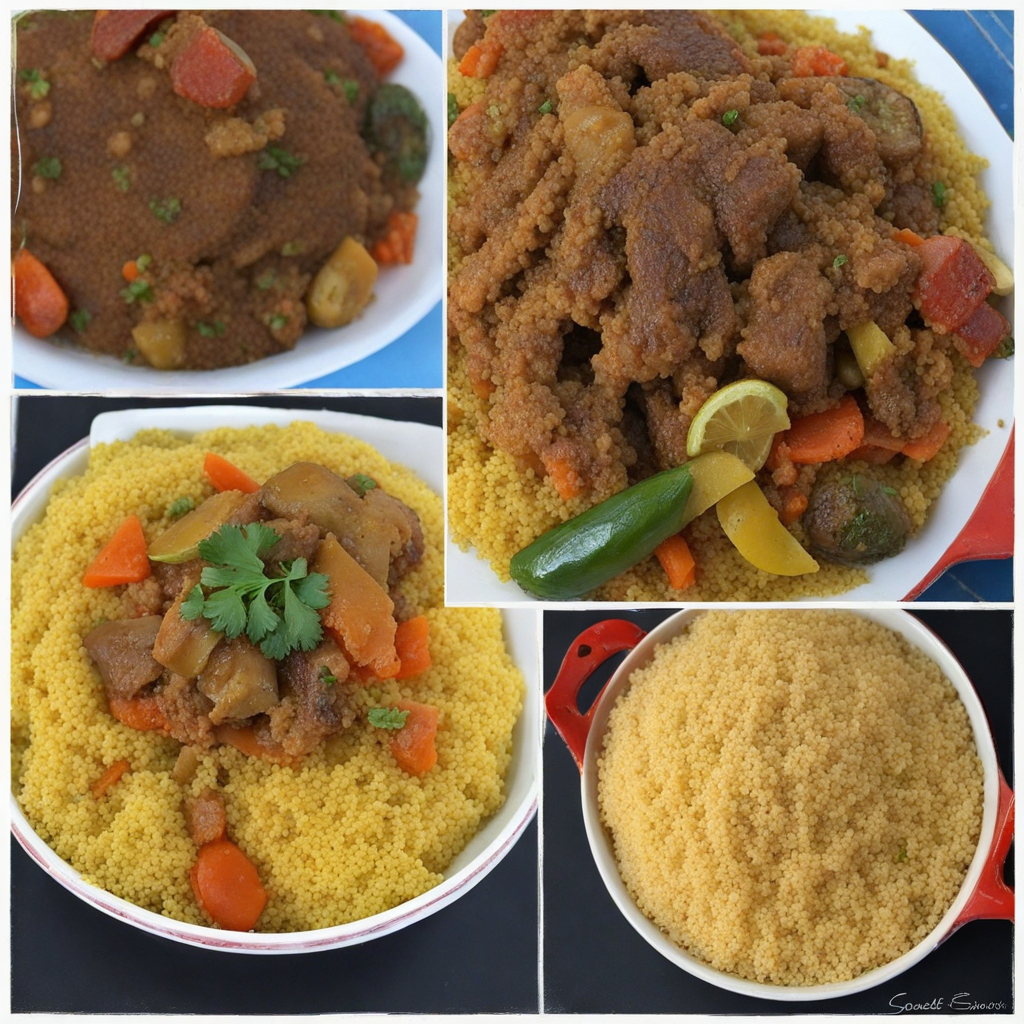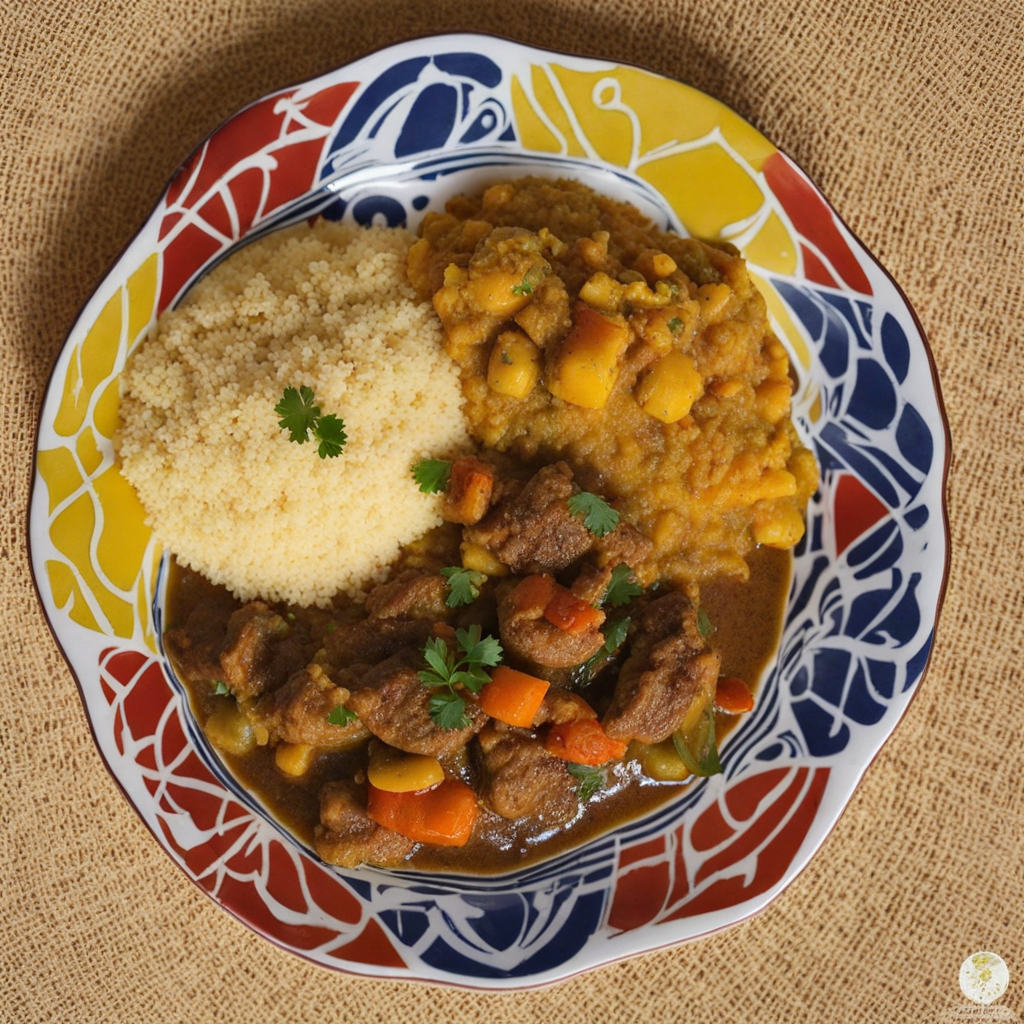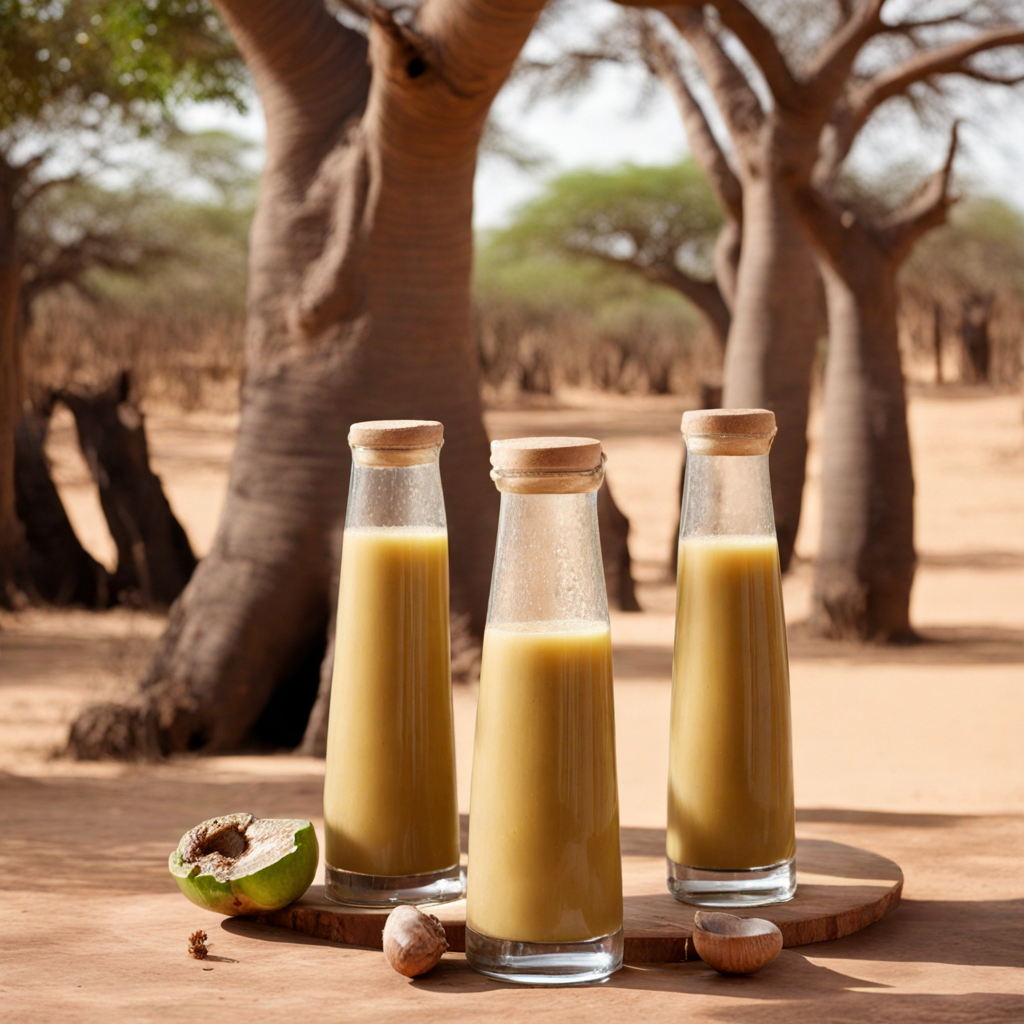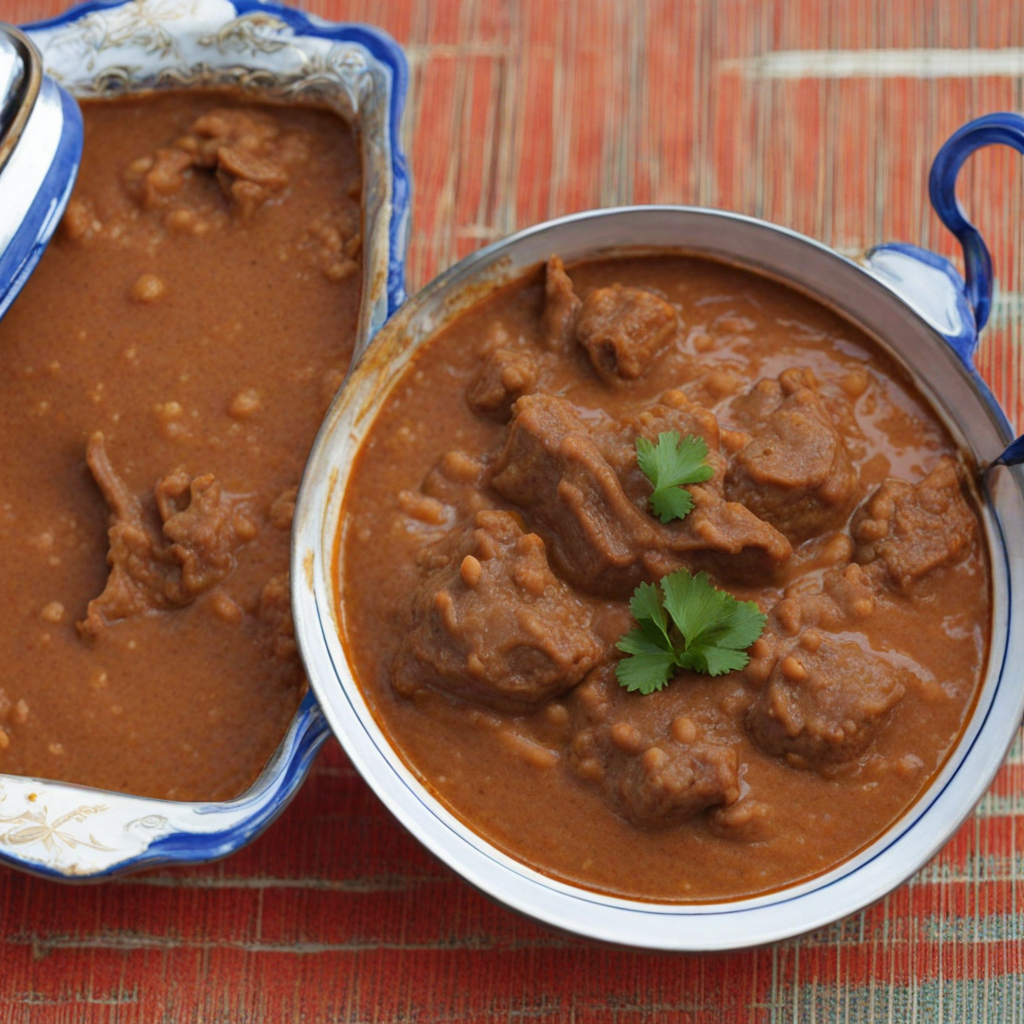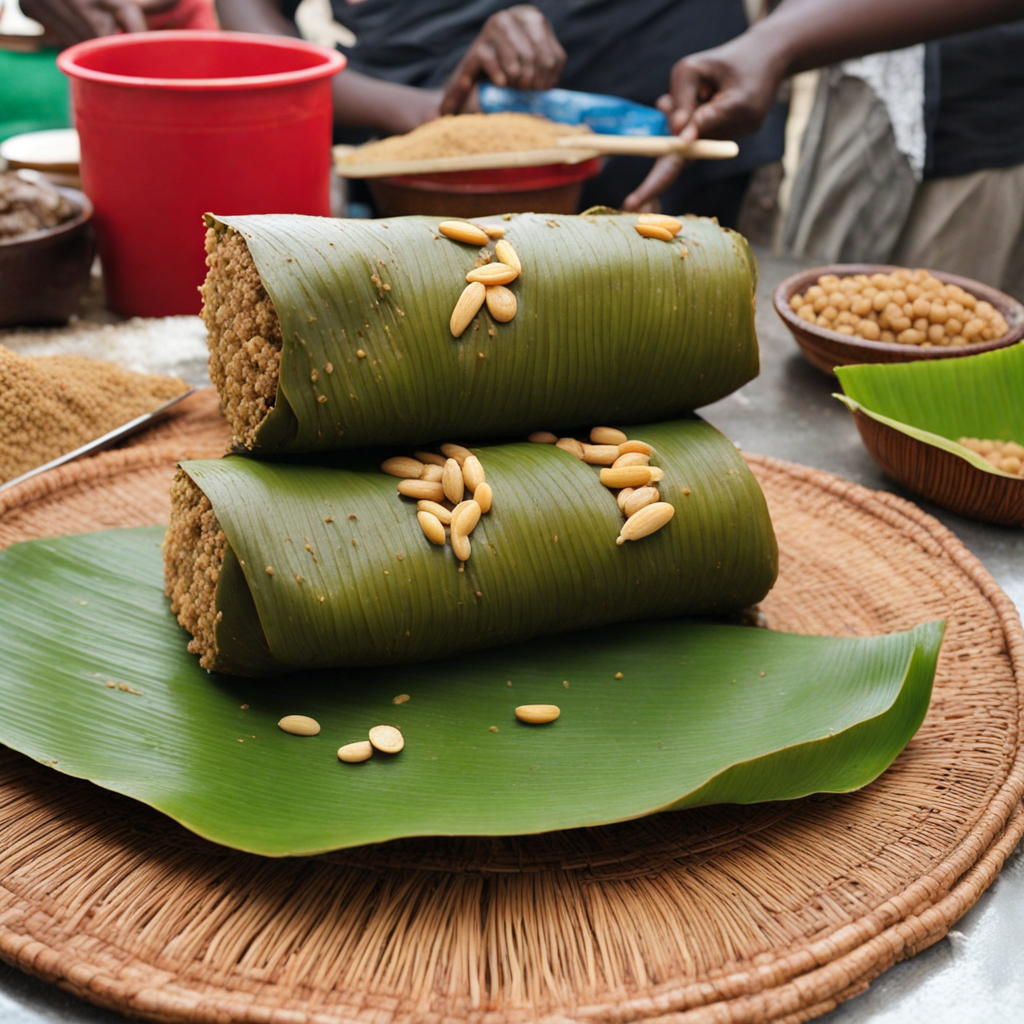Thiere
Thiere is a delightful Senegalese dish that embodies the vibrant flavors and culinary traditions of West Africa. At its core, Thiere is a hearty rice dish often made with a variety of proteins such as fish, chicken, or lamb, all simmered together with a medley of vegetables. The rice is typically infused with a rich, aromatic sauce made from tomatoes, onions, and a blend of spices, creating a fragrant base that elevates the entire meal. The cooking method often involves steaming the rice over the simmering protein and vegetables, allowing it to absorb all the savory flavors, resulting in a dish that is both filling and satisfying. The spices used in Thiere are what truly set it apart. Commonly, you’ll find a combination of local spices like cayenne pepper, black pepper, and sometimes a touch of ginger, which add warmth and depth to the dish. The inclusion of fresh vegetables such as carrots, cabbage, and bell peppers not only enhances the nutritional value but also brings a wonderful crunch and color to the dish. Each bite is a harmonious blend of textures and flavors, showcasing the natural sweetness of the vegetables alongside the richness of the protein and the earthiness of the spices. Thiere is typically served in a communal style, allowing diners to share and enjoy the meal together, which reflects the Senegalese culture of hospitality and togetherness. This dish is often accompanied by a side of spicy sauce or a simple salad, adding a refreshing contrast to the warm, spiced rice. Whether you are discovering Senegalese cuisine for the first time or are a seasoned fan, Thiere offers a unique and fulfilling experience that transports you to the heart of Senegal with every flavorful bite.
How It Became This Dish
The History of Thiere: A Culinary Gem from Senegal Thiere, also known as “tiebou djen” or “ceebu jën,” is a traditional Senegalese dish that has captured the hearts and palates of many, both locally and internationally. This flavorful dish, primarily made from rice and fish, is often considered the national dish of Senegal. Its rich history is deeply intertwined with the cultural, social, and economic fabric of the country, reflecting the influences of various ethnic groups and the dynamics of trade and agriculture throughout the region. #### Origins of Thiere The origins of thiere can be traced back to the coastal regions of Senegal, where fishing has been a vital part of the local economy and sustenance for centuries. The Wolof people, one of the largest ethnic groups in Senegal, are credited with developing the dish. The word “tieb” means rice in Wolof, and “djen” translates to fish, emphasizing the two primary components of this beloved meal. Historically, Senegal's coastal geography and access to the Atlantic Ocean facilitated a thriving fishing industry, which allowed for a variety of fish species to be utilized in local cuisine. The most commonly used fish in thiere is the local catch, often including varieties such as snapper or grouper. The preparation and cooking methods have evolved, but the core elements of rice and fish remain central to the dish. #### Cultural Significance Thiere is more than just a meal; it is a cultural symbol that brings together families, communities, and traditions. In Senegalese culture, food plays a pivotal role in social gatherings, celebrations, and rituals. Thiere exemplifies this cultural significance, often served during special occasions such as weddings, religious holidays, and family reunions. The communal aspect of sharing a large platter of thiere fosters a sense of unity and belonging among those who partake. In addition to its role in celebrations, thiere also embodies the Senegalese spirit of hospitality. When guests arrive, it is customary for hosts to prepare thiere, showcasing their culinary skills and generosity. The dish is often served with a variety of side dishes, including a spicy pepper sauce known as "sauce rougaille," which further enhances the flavors and offers a personalized touch to each serving. #### Ingredients and Preparation The preparation of thiere varies across regions and families, but the basic recipe remains consistent. The core ingredients typically include: 1. Rice: The rice used in thiere is often of the long-grain variety, which absorbs flavors well. 2. Fish: Fresh, local fish is the star of the dish, usually marinated in spices before cooking. 3. Vegetables: Common vegetables include carrots, cabbage, and onions, which are cooked alongside the rice and fish, adding both flavor and nutrition. 4. Spices: A variety of spices, including garlic, ginger, and a blend of local spices, give thiere its distinctive taste. The use of bissap (hibiscus) leaves or tamarind can also add unique flavor profiles. 5. Oil: Peanut oil is often used, reflecting the agricultural practices of the region. The process of making thiere typically begins with marinating the fish in a mixture of spices. Once marinated, the fish is either grilled or fried, while the rice is cooked separately in a flavorful broth made from fish stock and vegetables. The two components are then combined, allowing the rice to absorb the flavors of the fish and the sauce. The dish is often garnished with fresh herbs and served with a side of spicy sauce. #### Development Over Time The evolution of thiere is a testament to Senegal’s dynamic culinary landscape, influenced by various factors such as colonialism, globalization, and changes in agricultural practices. During the French colonial period, the introduction of new ingredients and cooking techniques began to shape the preparation of traditional dishes. For instance, the use of tomato sauce became a popular addition, contributing both flavor and color to thiere. The dish has also adapted to the changing dietary preferences and lifestyles of the Senegalese people. As urbanization increased, particularly in cities like Dakar, the preparation of thiere became more streamlined. Street food vendors and restaurants began to offer thiere in a fast-casual format, making it accessible to a broader audience. This shift did not diminish its cultural significance; rather, it allowed thiere to reach new heights of popularity, both within Senegal and in the diaspora. #### Thiere in the Global Culinary Scene In recent years, thiere has gained international recognition as interest in African cuisine continues to grow. Food enthusiasts, chefs, and cultural ambassadors have highlighted the dish in culinary festivals, cookbooks, and social media platforms. This growing popularity is a reflection of the broader trend of exploring authentic global cuisines and appreciating the stories behind traditional dishes. Restaurants specializing in Senegalese cuisine have emerged in various parts of the world, introducing thiere to an audience eager to explore new flavors and culinary traditions. Chefs often emphasize the importance of using fresh, local ingredients, honoring the traditional methods while also incorporating modern cooking techniques. This fusion of old and new has allowed thiere to remain relevant and appreciated in contemporary culinary settings. #### Conclusion Thiere is more than just a dish; it is a vibrant reflection of Senegal’s rich history, cultural diversity, and communal values. Its origins in the coastal regions of Senegal, combined with the influences of various ethnic groups and evolving culinary practices, have shaped it into a beloved staple of Senegalese cuisine. As thiere continues to gain popularity on the global stage, it serves as a delicious reminder of the importance of food as a means of cultural expression and connection. Whether enjoyed at a family gathering, a festive celebration, or a restaurant in a far-off land, thiere remains a symbol of Senegalese hospitality and culinary heritage.
You may like
Discover local flavors from Senegal


